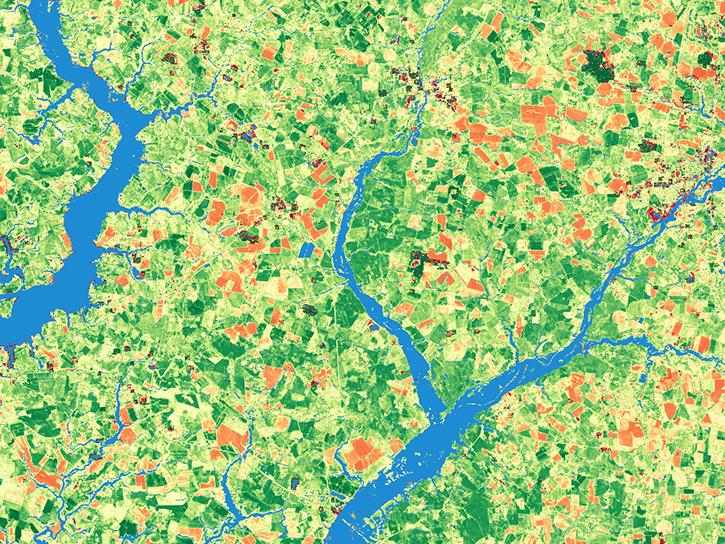Access a range of datasets and data tools to further your research.
One of the most consequential forces shaping our planet is ourselves — the human species. When humans build cities, plant or cut down forests, grow crops, burn fuel, and alter bodies of water, it can have profound impacts on Earth's biosphere, both positive and negative. Understanding the ways in which humans interact with the environment and how the resulting changes affect Earth’s systems is important to ensuring that humans and other species can thrive.
NASA’s Earth-observing satellites reveal the impacts humans have on ecosystems by collecting data on factors such as nighttime lights, forest cover, and air quality. Many of these datasets cover the entire globe. All of NASA’s Earthdata holdings are freely available for anyone to access.
Our datasets useful to the study of human-influenced ecosystems include crop extent maps, urban air quality measurements, and land cover surveys. These measurements and higher-order data products enable important studies into how humans shape Earth and how we can better care for ourselves and our home.
Learn How to Use Anthropogenic/Human Influenced Ecosystems Data
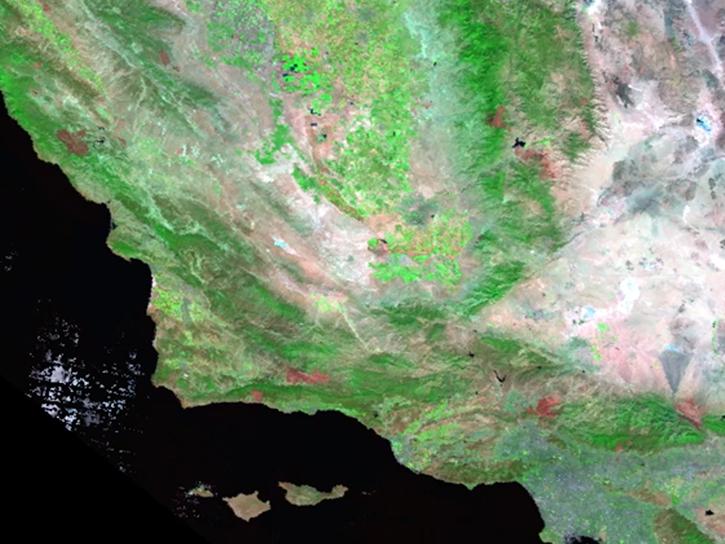
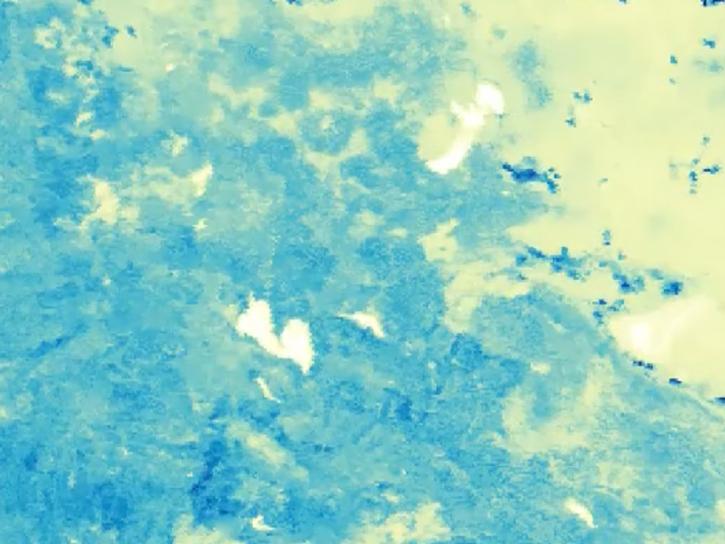
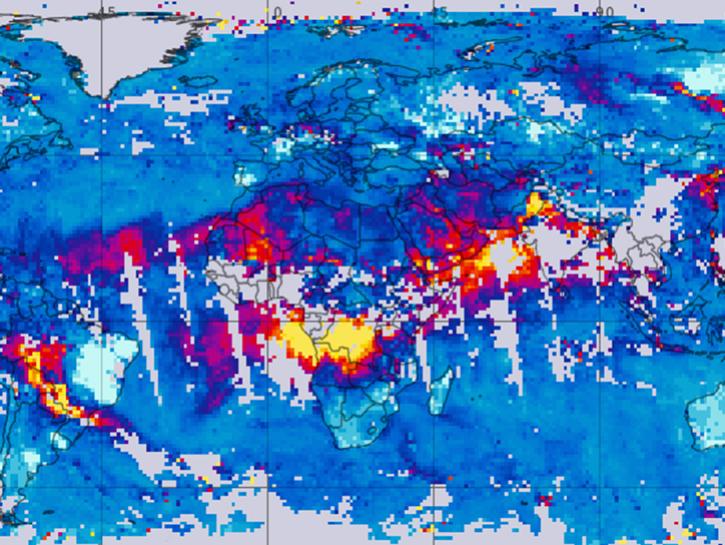
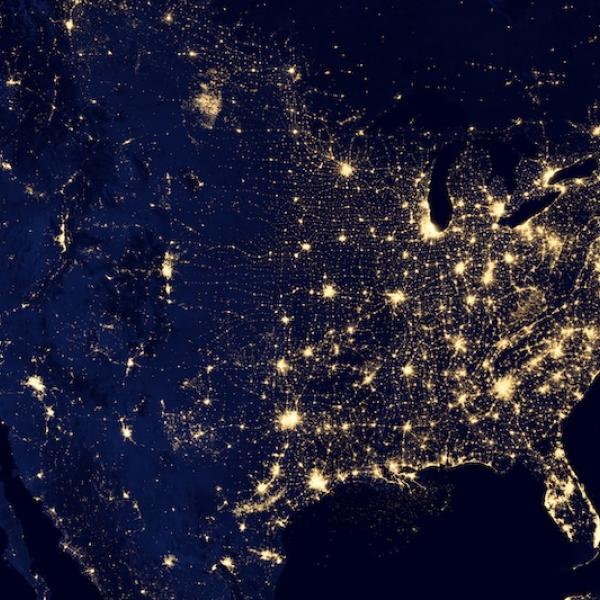
Join Our Community of NASA Data Users
While NASA data are openly available without restriction, an Earthdata Login is required to download data and to use some tools with full functionality.
Learn About the Benefits of Earthdata LoginFrequently Asked Questions
Earthdata Forum
Our online forum provides a space for users to browse thousands of FAQs about research needs, data, and data applications. You can also submit new questions for our experts to answer.
Submit Questions to Earthdata Forumand View Expert Responses